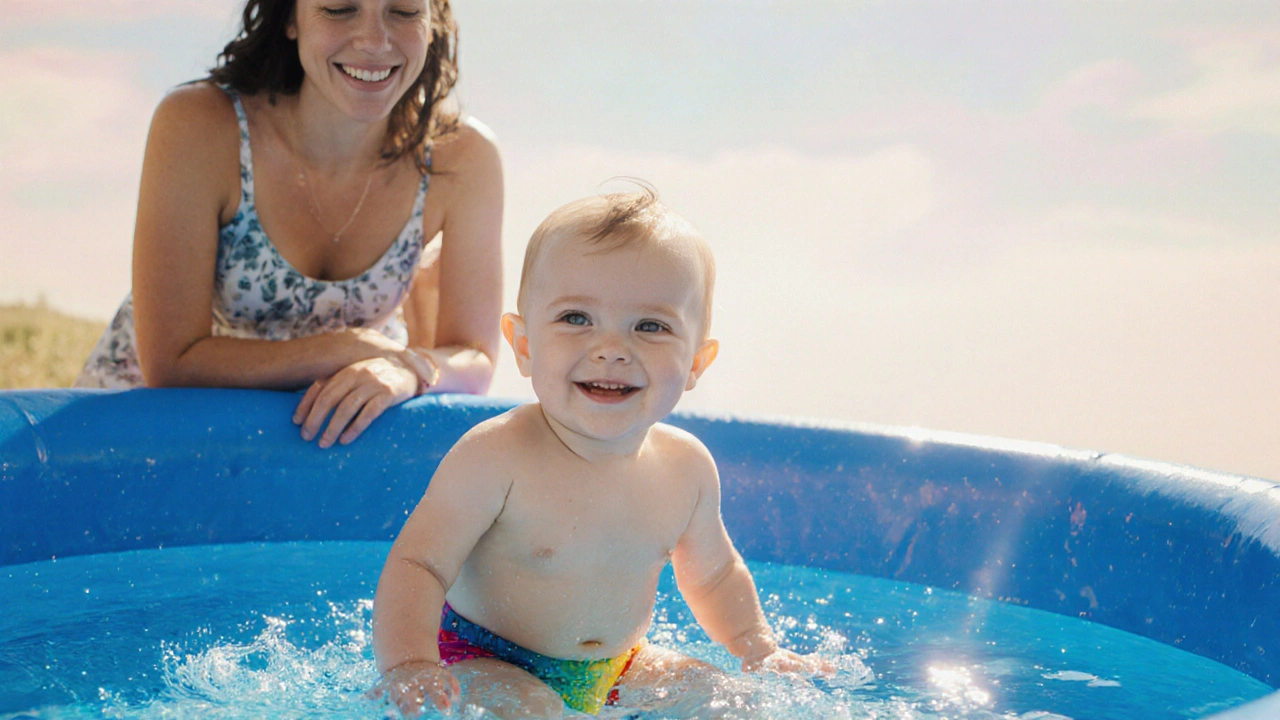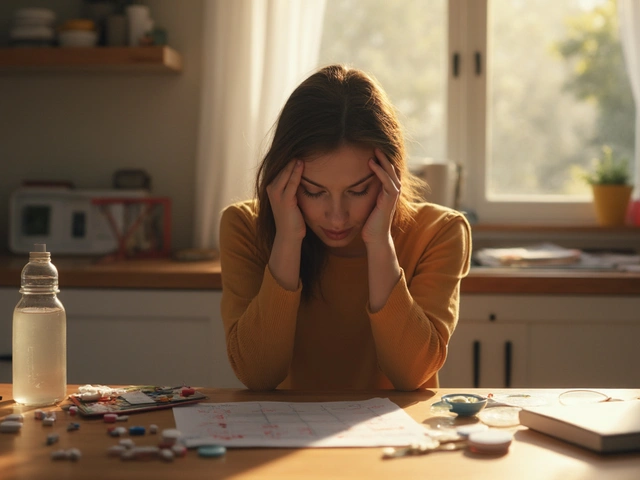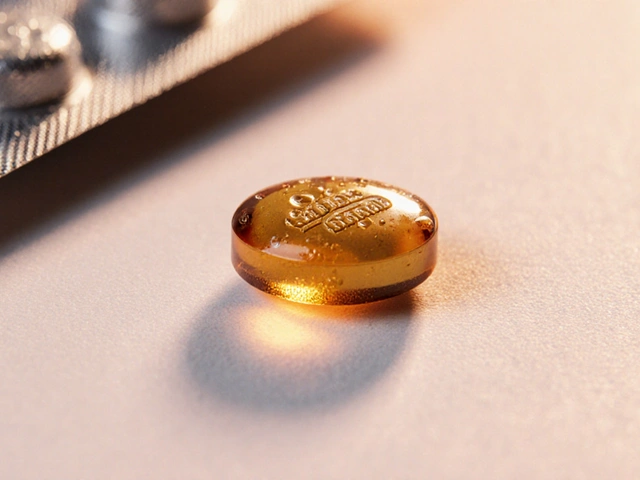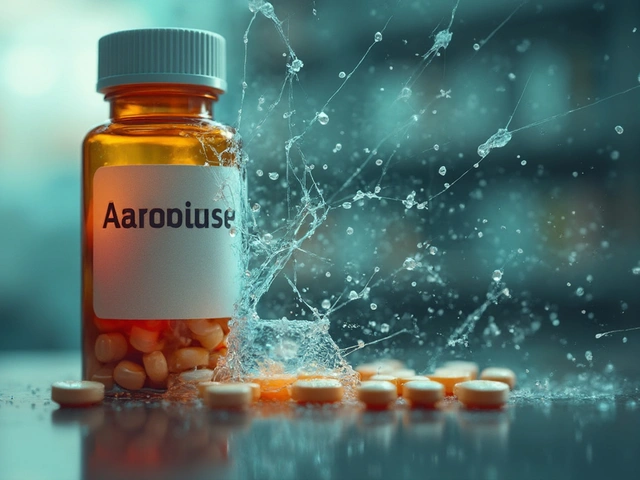Pool Hygiene: Essential Tips for Clean and Safe Swimming
When considering pool hygiene, the practice of keeping swimming pools clean, safe, and free from harmful microbes. Also known as pool sanitation, it covers everything from water treatment to surface upkeep. Good water sanitation, the process of removing pathogens and debris from pool water is the backbone of any healthy pool. Without proper sanitation, bacteria like E. coli or Pseudomonas can flourish, turning a fun dip into a health risk. That’s why chlorine levels, the concentration of free chlorine needed to kill microorganisms become a non‑negotiable metric. Maintaining the right range (typically 1–3 ppm) creates a hostile environment for germs while staying gentle on skin and eyes.
Beyond chemistry, pool maintenance, regular tasks like skimming, brushing, and filter cleaning ensures that contaminants don’t settle on walls or the pool floor. A well‑kept filter captures tiny particles that chlorine alone can’t dissolve, and weekly brushing prevents bio‑film buildup. Skimmers catch leaves and insects before they decay and release nutrients that feed algae. Skipping these chores is like ignoring a car’s oil change—eventually the system clogs, performance drops, and expensive repairs follow.
Why Swimmer Health Depends on Proper Pool Hygiene
Every swimmer, from toddlers to seniors, brings skin cells, sweat, and occasional coughs into the water. When swimmer health, the overall well‑being of people using the pool is a priority, pool owners must balance comfort with safety. High chlorine can irritate eyes and skin, while low levels let pathogens thrive. The sweet spot protects against cryptosporidium outbreaks, a parasite that resists standard chlorine doses unless the water is filtered properly. By monitoring both chemical balance and mechanical filtration, you create a barrier that keeps common pool‑borne illnesses at bay.
Another piece of the puzzle is pH control. A pH range of 7.2–7.6 maximizes chlorine’s disinfecting power and reduces eye irritation. When pH drifts too high, chlorine becomes less effective; too low, and the water feels harsh. Simple test kits let you check pH after heavy use or rain, and adjusting with soda ash or muriatic acid restores balance. This cause‑effect relationship—pH influences chlorine efficacy—highlights why chemical monitoring is a daily habit, not a monthly chore.
Temperature also plays a role. Warm water accelerates bacterial growth, so heated pools demand tighter chlorine and filtration schedules. In contrast, cooler pools can tolerate slightly lower chlorine without risking safety, but swimmers may need extra warm‑up to avoid muscle cramps. Understanding this link helps you set realistic maintenance timelines throughout the swimming season.
Finally, education empowers everyone who steps into the water. Posting clear signage about showering before swimming, no‑food rules, and how to report cloudy water encourages responsible use. When users understand that their actions affect overall hygiene, compliance improves, and the pool stays cleaner longer.
All these factors—water sanitation, chlorine levels, routine maintenance, pH balance, temperature, and user behavior—interact to create a safe swimming environment. Below, you’ll find a curated list of articles that dive deeper into each aspect, from step‑by‑step testing guides to troubleshooting common problems. Whether you manage a community pool, own a backyard oasis, or simply want to keep your family’s swim time safe, the resources ahead will give you practical, actionable insights to master pool hygiene.
Diaper Rash & Swimming: Essential Tips for Parents
Learn how swimming affects diaper rash, spot the signs, and follow practical steps to keep your baby's skin healthy while enjoying the pool.
Read





